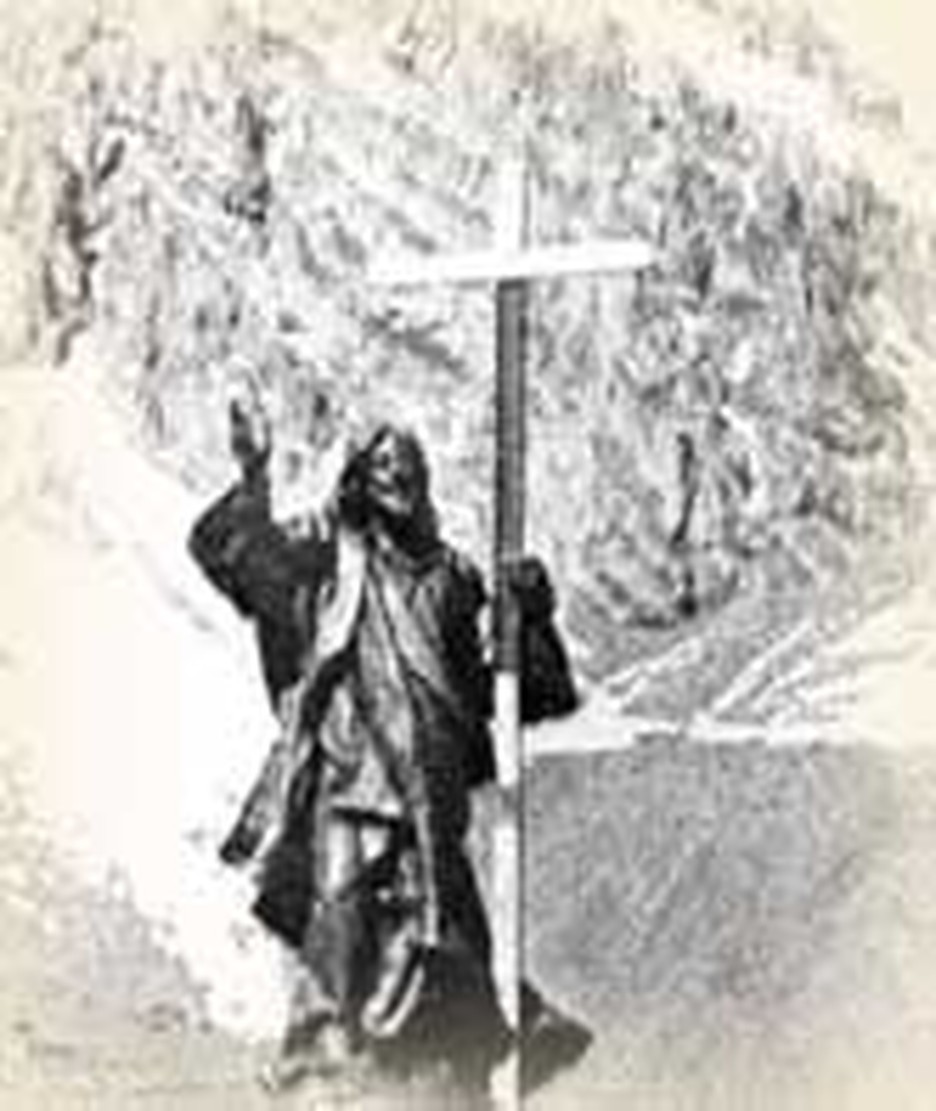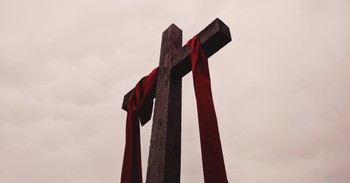
How seldom in history have councils of peace prevailed. How seldom has faith intervened in history to bring pacific solutions to nations. In the early 1900s that rarity occurred.
Argentina and Chile were rattling sabers. At stake was the boundary in the Andes between the two nations. The dispute was over whether the line should be drawn at the watershed or at the highest point of the range. War threatened in 1902.
The people of the Andes are by and large Roman Catholics. Remembering a November 1st, 1900 encyclical of Pope Leo XIII which called for consecration of the entire world to Christ the Redeemer, Christians urged their respective governments to settle matters amicably. The governments of Argentina and Chile listened. They agreed to submit the matter for arbitration. Arbitrating the Northern end of the line was the United States ambassador. Arbitrating the Southern end was King Edward VII of England. War was averted when both sides accepted the results in 1903.
Happy as was this outcome, it is not the end of the story. Monsignor Marcolino del Carmel Benavente, the Bishop of San Juan, suggested the erection of a statue to remind the people of Christ's words, "And I, if I be lifted up from the earth, will draw all men unto me." The statue would remind all that they should be consecrated to mutual understanding. Thus was born the concept of the Christ of the Andes.
Tourists traveling the Pan American highway can see the result: a 26 foot tall bronze Christ holding out his right hand in blessing over the disputant nations. His left hand clings to a cross. Under his feet is the Western hemisphere. Located 13,000 feet up in Uspallata Pass, Mount Aconcagua forms its backdrop, lofting 13,000 feet higher. This is the highest readily accessible point on the boundary between the two nations.
Sculptor Mateo Alonso modeled the work. Señora Angela de Oliveira Cézar de Costa raised the financing. In a symbolic gesture, old cannons were melted down to make the casting.
The statue was dedicated on this day, March 13, 1904. One of the plaques at its base reminds us "He is our peace who hath made us one." Another Spanish language plaque, dating from 1937, reads: "Sooner shall these mountains crumble into dust than Argentines and Chileans break the peace sworn at the feet of Christ the Redeemer." More than a memorial of a single reconciliation, the statue represents a vow of eternal peace between Chile and Argentina. Its Christ speaks peace to an entire world. Such monuments are rare in this tumultuous globe, where ploughshares are more often beaten into swords than swords into ploughshares.
Bibliography:
- Bonsall, Elizabeth Hubbard. Famous Hymns with Stories and Pictures. Philadelphia: Union Press, 1923.
- Fremantle, Anne, Editor. The Papal Encyclicals in their Historical Context. New York: Mentor, 1956.
- Maus, Pearl. Christ and the Fine Arts. New York: Harper and Brothers, 1959.
- Sugrue, Francis. Popes in the Modern World. New York: Thomas Y. Crowell, 1961.
- Various encyclopedia articles.
Last updated May, 2007.


